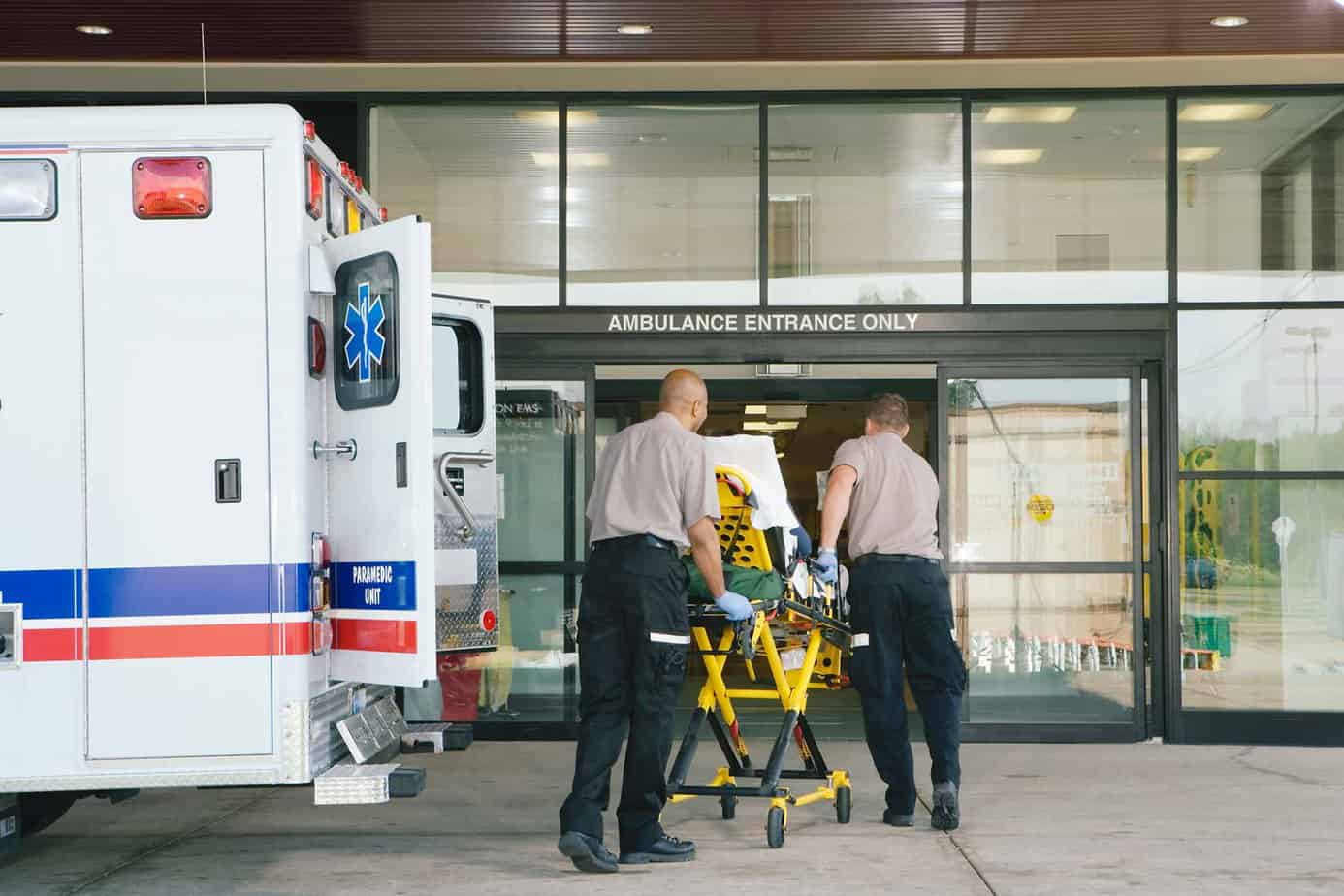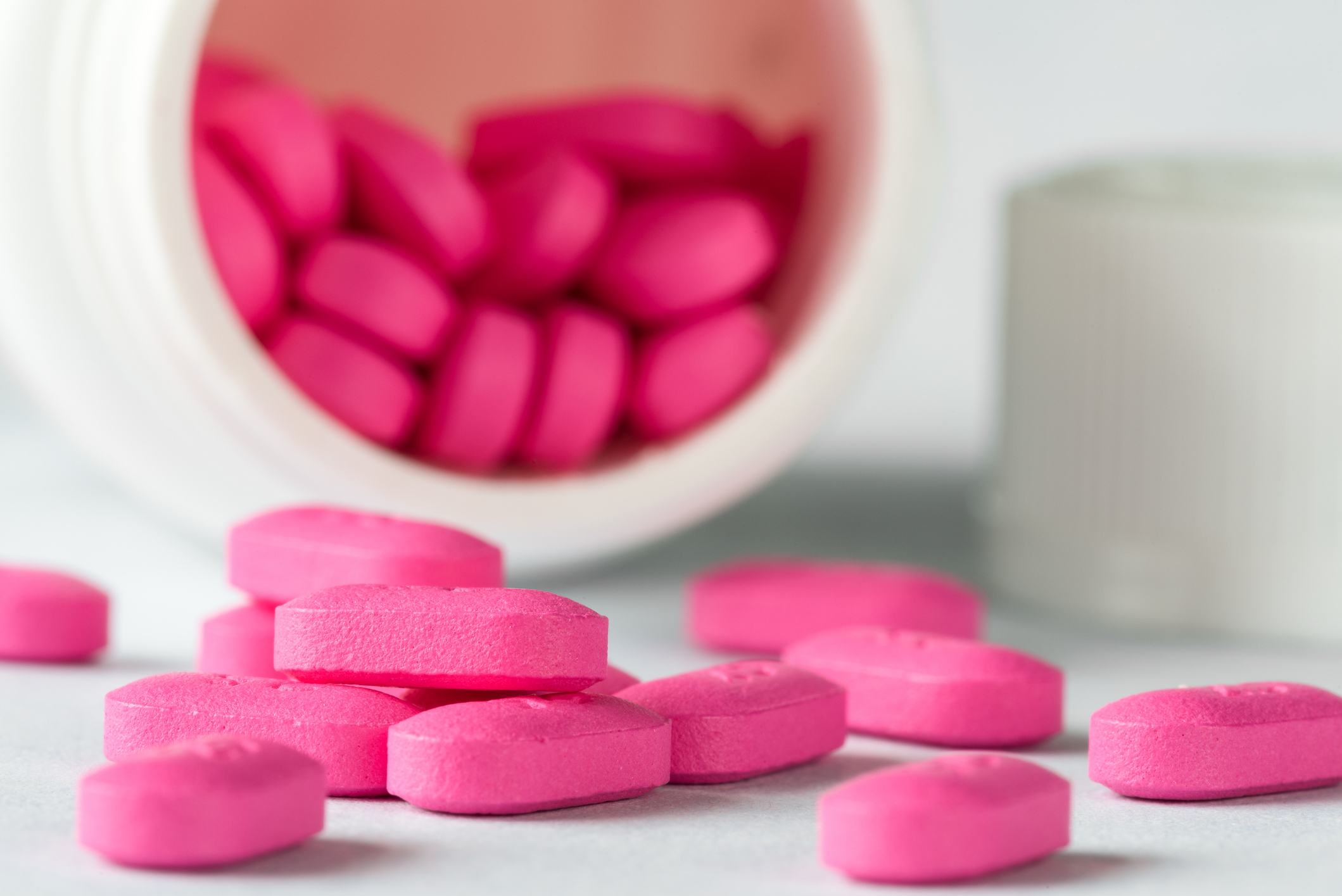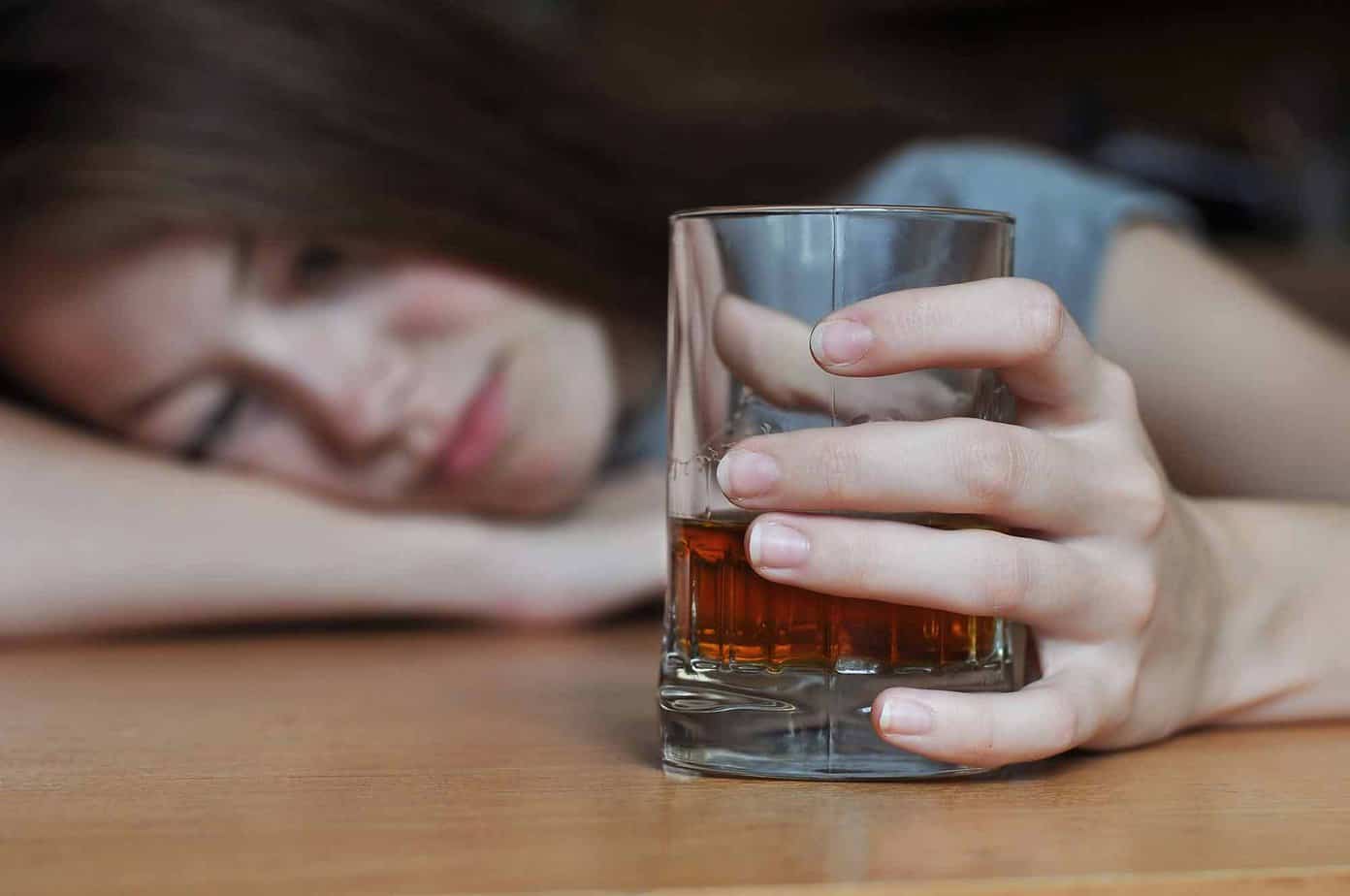There’s a reason why doctors ask you what other medications you’re taking before they prescribe you a new one. Taking multiple medications at once can sometimes have adverse side effects due to the different chemicals interacting in your body. This same principle applies to individuals who abuse drugs and alcohol together or multiple drugs at once, also known as polysubstance use.
Why Do People Abuse Multiple Substances?
To answer this question, we should look at why individuals might use drugs in the first place. A person may use substances to deal with trauma, self-medicate for their co-occurring disorders, and to fit in socially. It could start off slow, such as a few drinks every weekend, and slowly progress into something more. Family history also plays a role – if you have a parent who abuses drugs, you are eight times more likely to develop an addiction.
When you are already abusing one primary substance, throwing another one into the mix is fairly easy. For example, those taking prescription medications might have a couple glasses of wine or beer with dinner because they are unaware of the negative side effects. Combining alcohol with any prescription medication is highly discouraged as it can cause nausea, vomiting, fainting, and internal bleeding.
It’s also common for people to take one substance and then unknowingly consume another one. Recently, synthetic drugs like fentanyl are being mixed into cocaine, making it nearly impossible for users to distinguish between the two and leading to more overdoses.
Other times, polysubstance use is more intentional. For example, some people will use alcohol to “enhance” the effects of a stimulant. Other times, since drugs cause a lack of impulse control, this makes users more likely to consume two, or even three substances in a night. People also might try to reduce their dependence on one drug by using a combination of others. Mixing multiple drugs and alcohol together can have serious and unpredictable side effects, so it’s important to be aware of the risks.
What Are the Most Dangerous Drug Combinations?
Combining drugs or alcohol can cause varying reactions for each person based on different circumstances like their physical and mental health, comorbidities, family history, and more. Below are some of the most common drug mixtures and their harmful side effects.
1. Prescription Painkillers and Alcohol
Prescription painkillers, also known as opioids, are extremely dangerous and addictive. Side effects include decreased heart rate, extreme drowsiness, and respiratory failure. When combined with alcohol, the risk of respiratory failure increases significantly, and the sedative effects of alcohol are intensified.
Other dangerous side effects of mixing alcohol and prescription painkillers include:
- Dizziness
- Extreme drowsiness
- Severe depression or anxiety
- Seizures
- Dehydration
- Abnormal behavior
- Unconsciousness
- Coma
2. Cocaine and Alcohol
When used at the same time, the liver can produce cocaethylene, a dangerous chemical which can put major organs under severe stress, causing them to fail. Cocaethylene can lead to a series of dangerous side effects such as heart attack, brain damage, aneurysms, internal hemorrhage, and sudden death.
Even when cocaethylene does not cause organs to fail, combining alcohol and cocaine can lead to several dangerous side effects which include:
- Coma
- Abdominal pain
- Difficulty breathing
- Loss of coordination
- Anxiety
- Confusion
- Heart palpitations
- Increased blood pressure
3. Sedatives and Alcohol
Both alcohol, which is a depressant, and sedatives affect the central nervous system which can cause the body to become overly sedated. This can suppress respiration and ultimately lead to death.
Other dangerous side effects of mixing alcohol and sedatives include:
- Mania
- Delusions
- Slow reflexes
- Respiratory depression
- Suicidal ideation
- Severe confusion
- Loss of consciousness
- Dangerous Mood Swings
4. Ecstasy and Alcohol
Combining ecstasy and alcohol is particularly popular among teens, young adults, and those in the club scene. While combining ecstasy and alcohol can initially cause a sense of euphoria, mixing the two drugs will cause a more intensified crash. It can also cause the individual to drink more than they normally would, as ecstasy can often give them the impression that they are sobering up. Alcohol poisoning is common when these two substances are consumed together.
Other dangerous side effects of mixing alcohol and ecstasy include:
- Anxiety
- Dehydration
- Risky behavior
- Difficulty sleeping
- Depression
- Aggression
- Cardiac arrest
- Kidney and liver damage
5. Heroin and Cocaine
Aside from alcohol combinations, taking opioids and cocaine together can also have serious side effects. There is a popular myth that taking heroin and cocaine together will cancel out the negative effects of each drug. The idea is that heroin is supposed to cut down on the agitation and jitters that come with cocaine use and cocaine reduces the sedating effects of heroin. However, this mixture also referred to as “speedball,” wreaks havoc on your body.
Cocaine is a stimulant and heroin is a depressant which means a push-pull effect happens in your body when you take them together. Speedballs are highly addictive and put an enormous strain on your circulatory and respiratory systems. About half of the cocaine overdoses in the US involved heroin in 2021. Here are several short-term and long-term side effects that occur when heroin and cocaine are consumed together:
- High blood pressure
- Irregular heart rate
- Blurred vision
- Insomnia
- Paranoia
- Heart attack
- Aneurysms
- Respiratory failure
6. Cocaine and Ecstasy
Simultaneous use of cocaine and ecstasy is usually a result of both experimentation and wanting to achieve the ultimate high. When these two stimulants are combined, this strains your cardiovascular system and disrupts your body temperature regulation. People like taking ecstasy, or MDMA, at bars, clubs, and music festivals because it makes users feel as though they have “endless energy” to dance all night. Many people feel as though they are in a dream-like trance and report having visual distortions.
Cocaine is often added to boost these effects, but this leads to many negative side effects, such as hyperthermia. If you are taking these two substances in a club, surrounded by a crowd of sweaty people, it’s no wonder your body can overheat and shut down. Some of the other side effects include:
- Increased heart rate
- Hyperthermia
- Reduced cognitive function
- Psychosis
- Paranoia
- Anxiety and depression
- Liver damage
- Kidney failure
7. Gray Death
Gray death is a relatively new drug combination that has been popping up across the country. Mainly comprised of fentanyl, U-47700, heroin, and carfentanil, this illicit mixture of drugs causes an intense euphoric high that many people crave. Sometimes, cocaine and designer drugs are added to this mixture, causing very unpredictable outcomes. It comes in gray powder or rocks, almost the same consistency as concrete. The side effects of gray death include:
- Dilated pupils
- Heart failure
- Lethargy
- Low blood pressure
- Nausea
- Vomiting
- Respiratory failure
Remember that it is impossible to know how your body will react when you combine more than two drugs together. Just because you haven’t experienced severe side effects in the past, doesn’t mean that you won’t experience them the next time you use them. Know that every time you use substances you are putting your life at risk. If you are struggling with drugs or alcohol, don’t be afraid to reach out. It is never too soon to get help.
If you or a loved one is struggling with addiction, Mountainside can help.
Click here or call (888) 833-4676 to speak with one of our addiction treatment experts.

 By
By 







